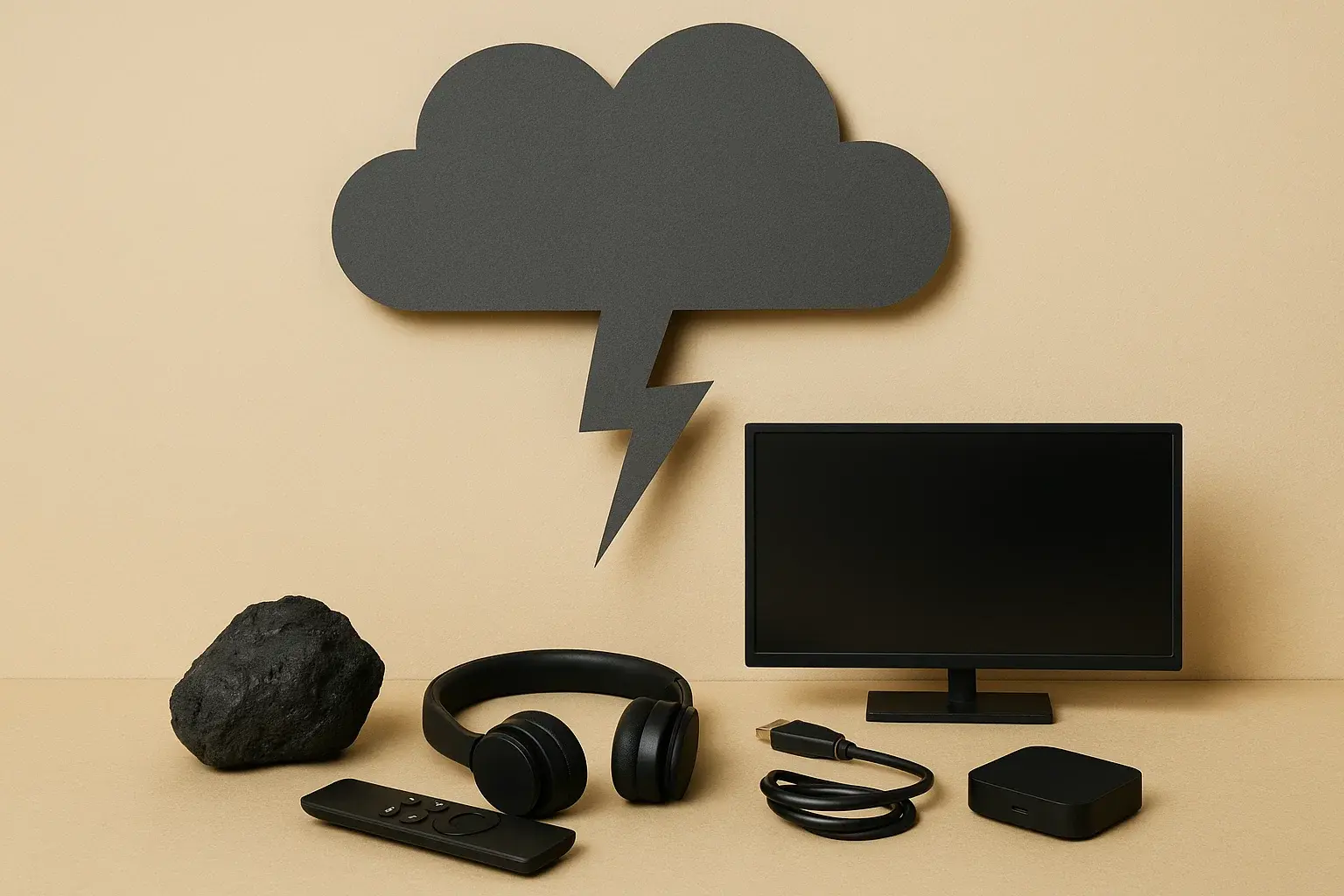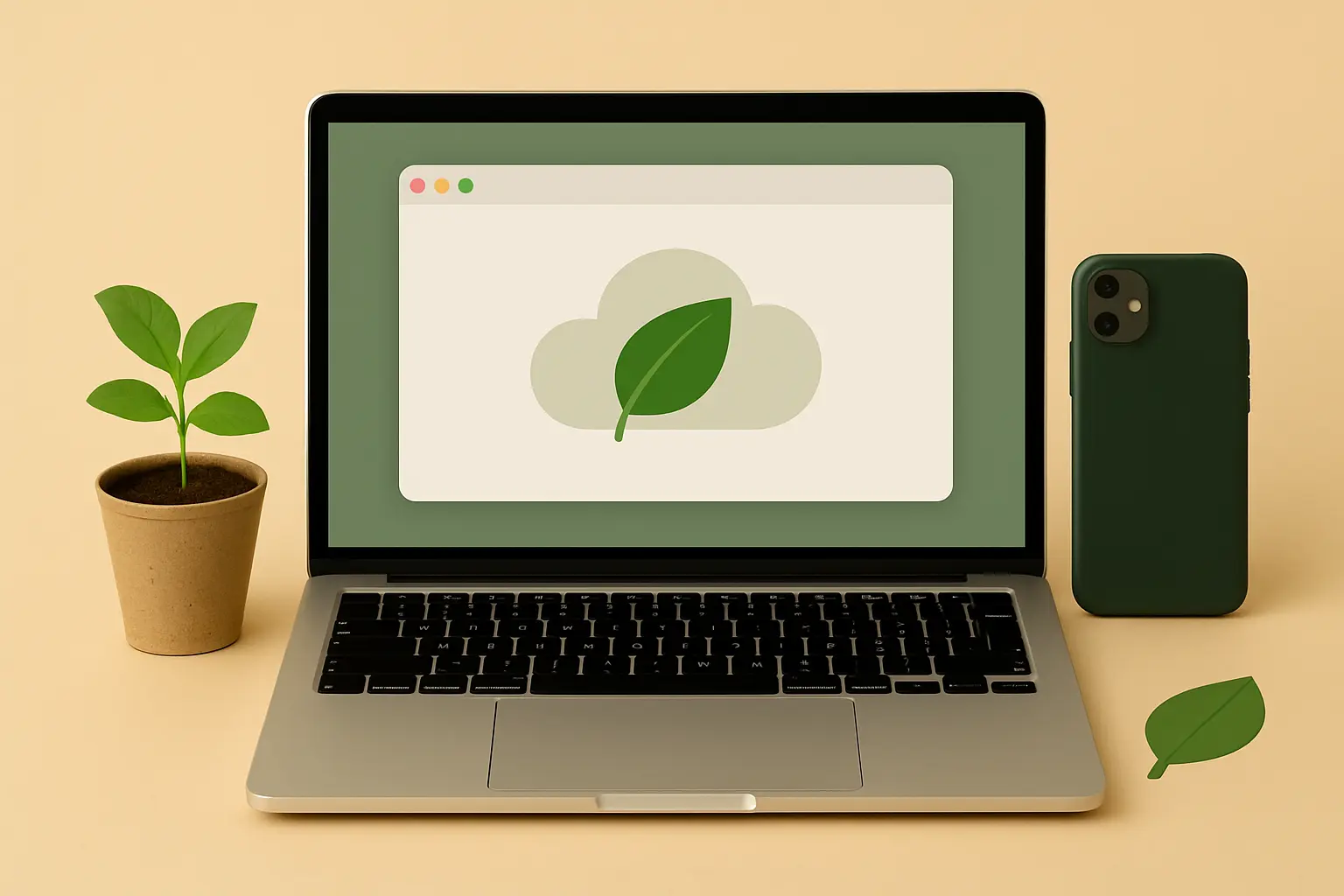Unboxing Responsibility: Choosing Sustainable Tech Packaging

The excitement of unboxing a new tech gadget is often accompanied by a significant amount of disposable packaging: layers of plastic wrap, molded pulp inserts designed for single use, and cardboard boxes that quickly find their way into the recycling bin – or worse, the landfill. While the primary focus of our tech purchases often lies on the device itself, the environmental impact of this accompanying packaging is a growing concern. The production, transportation, and disposal of these materials contribute to resource depletion, energy consumption, and the escalating problem of waste generation. As consumers become increasingly environmentally conscious, the demand for sustainable tech packaging is rising, prompting manufacturers to rethink their approach and explore innovative alternatives to traditional disposable options.
The lifecycle of tech packaging, from the sourcing of raw materials to its eventual disposal, carries a considerable environmental footprint. The extraction of virgin resources like trees for cardboard and fossil fuels for plastics contributes to habitat destruction and greenhouse gas emissions. The manufacturing processes involved in creating these packaging materials are often energy-intensive and can release pollutants. Furthermore, the sheer volume of tech products shipped globally translates to a staggering amount of packaging waste, much of which is not effectively recycled and ends up contributing to landfill overflow and plastic pollution in our oceans and ecosystems. Recognizing this environmental burden is the crucial first step towards demanding and supporting more sustainable packaging solutions in the technology industry.
Fortunately, a growing number of tech companies are acknowledging their responsibility in this area and are actively exploring and implementing more eco-friendly packaging alternatives. These innovations range from minimizing the amount of packaging used to transitioning to readily recyclable materials and even designing reusable cases that extend the lifespan of the packaging itself. By consciously choosing tech products with these sustainable packaging attributes, consumers can play a significant role in driving demand for more environmentally responsible practices throughout the industry and reducing the overall carbon impact associated with their technology purchases.
The Unsustainable Status Quo: The Problem with Disposable Tech Packaging
The convenience of disposable packaging has long been prioritized in the tech industry, with a focus on protecting the product during shipping and creating an appealing unboxing experience. However, the environmental consequences of this approach are becoming increasingly difficult to ignore:
- Resource Depletion: The continuous demand for virgin paper and plastics for packaging puts a strain on natural resources, leading to deforestation and the depletion of fossil fuels.
- Energy Consumption: The manufacturing of these packaging materials is energy-intensive, contributing to greenhouse gas emissions.
- Waste Generation: The vast majority of tech packaging is designed for single use and ends up in landfills, contributing to the growing waste crisis.
- Plastic Pollution: Plastic packaging, in particular, can persist in the environment for centuries, breaking down into microplastics that harm wildlife and ecosystems.
The Greener Alternatives: Embracing Sustainable Packaging Solutions
Forward-thinking tech companies are pioneering more sustainable approaches to packaging, offering viable alternatives to the traditional disposable model:
Minimal Packaging: Less is More for the Planet
One of the most effective ways to reduce the environmental impact of tech packaging is to simply use less of it. Minimal packaging designs focus on streamlining the unboxing experience and eliminating unnecessary layers of material. This approach reduces the overall resource consumption and waste generated per product. Companies like Apple have made strides in this area, significantly reducing the size and weight of their product packaging over the years, utilizing less material while still ensuring product protection. This trend towards minimalist design not only benefits the environment but can also lead to more efficient shipping and reduced transportation emissions.
Recyclable Materials: Closing the Loop on Packaging Waste
Transitioning to readily recyclable materials is another crucial step towards sustainable tech packaging. This involves using cardboard, paperboard, and certain types of plastics that can be easily processed and repurposed into new products. Companies like HP are increasingly utilizing recycled cardboard and molded pulp in their packaging, aiming to create a closed-loop system where packaging materials are recovered and reused. Choosing tech products with packaging made from high percentages of recycled content and designed for easy recyclability helps to reduce the demand for virgin resources and minimizes landfill waste. Clear labeling of recyclable components is also essential to ensure proper disposal by consumers.
Reusable Cases: Packaging with a Purpose Beyond Protection
An even more innovative approach to sustainable tech packaging is the design of reusable cases. Instead of creating packaging that is immediately discarded, some companies are exploring ways to make the packaging an integral and reusable part of the product experience. This could involve creating durable cases that can be used to store and transport the device, extending the lifespan of the packaging and providing added value to the consumer. While still in its early stages of adoption for mainstream tech products, the concept of reusable packaging represents a significant shift towards a circular economy model, where packaging is not seen as disposable waste but as a resource with continued utility. Companies like Nothing, with their transparent and often modular packaging designs, hint at a future where the unboxing experience is less about immediate discard and more about long-term utility.
Driving Demand for Sustainable Tech Packaging
As consumers become more vocal about their environmental concerns, their purchasing decisions can play a powerful role in driving demand for sustainable tech packaging. By actively choosing products with minimal, recyclable, or reusable packaging, we can send a clear message to the industry that environmental responsibility is a key factor in consumer preference. This growing demand can incentivize more tech companies to invest in research and development of innovative and eco-friendly packaging solutions, ultimately leading to a significant reduction in the environmental footprint of our beloved gadgets, from the moment they are unboxed to the end of their packaging's useful life. Choosing better tech packaging is a tangible step towards a more sustainable and circular economy for electronics.
Related Blogs

Neutralizing Your Tech Footprint: Choosing Carbon-Neutral Tech Purchases
Support climate action by opting for carbon-neutral certified tech and offset programs.

The Silent Energy Thief: Cutting Down Idle Device Usage for a Sustainable Digital Footprint
Improve energy efficiency and extend device life by implementing power-saving settings.

The Unseen Gigabytes: Cutting Your Streaming Carbon Footprint
Reduce your digital carbon footprint by adjusting streaming quality and habits.

Swipe Right on Sustainability: How Digital Decluttering Cultivates a Greener Lifestyle
Insights on digital decluttering for a greener lifestyle in a sustainable way.

Decoding Disposal: Your Essential Guide to Responsibly Recycling E-Waste
Insights on the rise of ethical tech in a sustainable way.

Surfing Sustainably: Unveiling the World of Eco-Friendly Browsing
Insights on eco-friendly browsing in a sustainable way.
Stay in the Loop
Get tips and insights tailored to your interests — no spam, just sustainability.